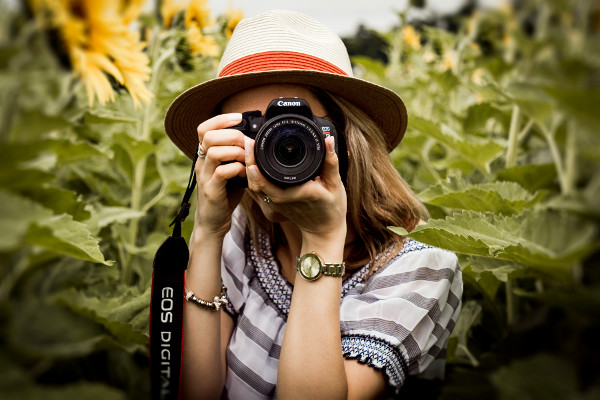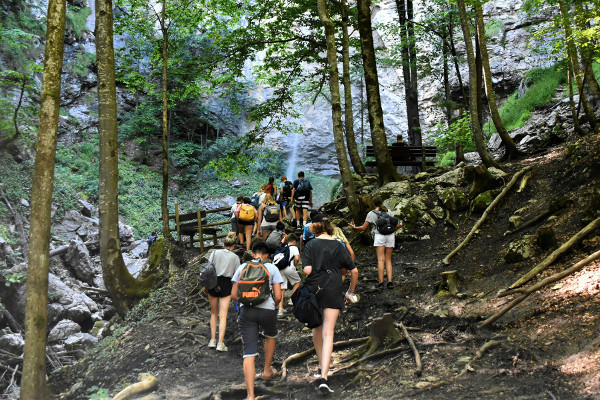How-to Guide for Recording Nature Sound for Stress Relief: Essential Tips and Techniques
Recording nature sound is a wonderful way to connect deeply with the environment around us and through that experience stress relief. Whether you’re chasing bird songs, insect calls, or the soothing flow of water, capturing these natural audio moments takes a blend of patience, the right gear, and thoughtful planning. This guide will walk you through everything from choosing ideal spots and equipment, to minimizing noise and editing your recordings. Get ready to dive into the world of natural soundscapes and bring the beauty of the wild to your ears.
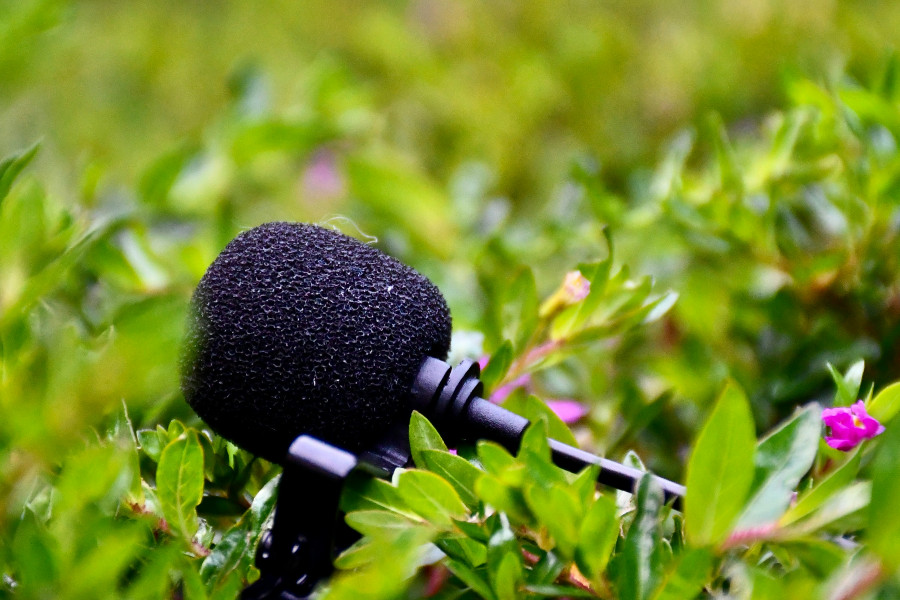
1. What are the best places for recording nature sounds?
Finding the perfect spot to record nature sounds is all about seeking quiet and untouched places where the natural world thrives without human noise. Think of national parks, wildlife reserves, deep forests, or even remote beaches. These areas tend to be rich with life – from birds singing to gentle streams flowing – and they offer soundscapes that feel alive and peaceful. It helps to explore early mornings or late evenings when wildlife is most active. If you live near wetlands or meadows, those spots can surprise you with unique insects or frogs. Before you go, do a little research and try to find places where cars, planes, and city noises don’t interfere. And always remember to respect these environments, because the beauty you want to capture is delicate and worth protecting.
2. What equipment do I need for recording nature sounds?
You don’t need fancy gear to start recording nature sounds, but having the right basics makes a big difference. A portable audio recorder (field recorder) with good built-in microphones is a great place to begin – brands like Zoom or Tascam are popular choices. Depending on what you want to capture, you might add a stereo mic for wide ambiences or a shotgun mic to zero in on specific sounds like birds or insects. A windscreen is absolutely necessary to keep those annoying wind gusts from ruining your recordings. Using a tripod or mic stand can help keep your hands steady, reducing unwanted noise. Headphones let you listen closely while you record, so you can catch problems early. With batteries and memory cards packed, you’re ready to listen deeply to the world around you.
3. How do I plan a trip for capturing wildlife and ambient nature?
Planning a trip to record nature sounds is part adventure, part preparation. First, pick a place where wildlife thrives and human noise is minimal – national parks and remote areas are ideal. Check the seasons and times of day when animals are most vocal; dawn and dusk are often magic hours. Make a checklist for your gear – don’t forget extra batteries and memory cards – and pack clothing suitable for the weather. Before heading out, find out if you need permits or special permissions. Scout your location online or in person to find quiet spots, and prepare for some patience. Sometimes, sitting still and waiting quietly yields the richest recordings. Above all, keep a respectful attitude towards nature, remembering you’re a guest in its realm.
4. Do I need permission or permits to record in parks or natural reserves?
When you want to record in national parks or protected reserves, it’s wise to check if you need permission or permits. These places often have rules in place to protect wildlife and their habitats, especially if you plan to use the recordings commercially. For personal use, the rules may be more relaxed, but it’s best to ask park authorities ahead of time or consult their websites. Some areas restrict access during breeding seasons or in sensitive zones. Following these guidelines helps preserve the environment and keeps you on the right side of the law. Respecting the rules also means you can enjoy your time there without interruptions, making your experience – and your recordings – all the more rewarding.
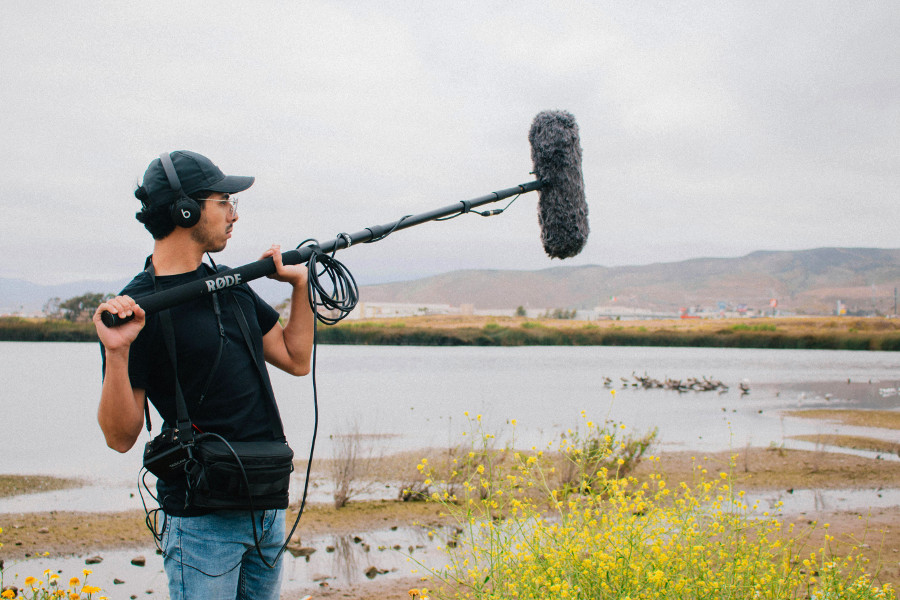
5. How should I power my gear for long outdoor sessions (battery life, power banks)?
Long recording sessions in the wild mean you’ll need to think carefully about keeping your gear powered. Most portable recorders run on AA batteries or rechargeable packs, so always carry extras. Lithium batteries tend to hold up better in cold weather. If your recorder supports USB charging, power banks can be a lifesaver – just remember they need to be fully charged before you leave. For sunny trips, solar chargers offer a slow but steady way to top up your batteries. Turn off unnecessary features like backlights to save power, and consider recording at lower bitrates if space is tight. Planning ahead with a power strategy means your gear won’t run out of juice when the perfect sound appears.
6. How do I capture specific wildlife sounds (birds, insects, water, etc.)?
Capturing the unique voices of wildlife takes patience and a bit of knowledge about your subjects. Birds, for example, sing most actively early in the morning or during mating seasons, so timing matters. A directional microphone, like a shotgun mic, can help isolate their songs from surrounding noise. Insects come alive on warm days and often hide in grass or bushes, so placing your mic low can reveal their tiny sounds. When recording water – from gentle streams to crashing waves – using stereo mics can capture the full, rich ambiance. The key is to stay quiet, move slowly, and blend into the environment, allowing animals to carry on naturally. Sometimes, simply setting up your gear and letting it record on its own leads to the best discoveries.
Listening to the sounds in nature and immersing yourself in this unique symphony the inhabitants of the environment and the ancient elements at work is a wonderful way becoming more mindful. It's an enjoyable method for stress relief and for reducing anxiety. It improves your mental health quickly and effectively.
7. What clothing or setup practices help minimize handling noise?
Minimizing handling noise is about being gentle and thoughtful with both your body and your gear. Wear soft, quiet clothing like fleece or cotton, avoiding anything that rustles or squeaks. Move slowly and carefully when adjusting your microphone or recorder. Using a tripod or mic stand can make a huge difference by keeping your equipment steady and away from your hands. Shock mounts isolate the mic from tiny vibrations, helping keep your recordings clean. If you’re recording handheld, try resting your elbows on something stable and use foam grips where possible. Also, avoid loud gear settings like button beeps. Listening through headphones during recording helps catch unwanted noises before they ruin a take.
8. How can I reduce wind noise when recording outdoors?
Wind noise can easily spoil the beauty of your nature recordings, but you can fight back with the right tools and tricks. A foam windscreen can tame light breezes, but for stronger winds, a furry windjammer (sometimes called a “dead cat”) is essential. If you have one, a blimp windshield provides even better protection by creating an air buffer around your microphone. Positioning your mic behind natural windbreaks like rocks or bushes also helps. Avoid pointing your mic directly into the wind, and try recording closer to the ground if possible. If you can’t fully avoid some rumble, a high-pass filter during editing can clean it up without hurting the natural sound. Combining these methods will keep your recordings crisp and clear.
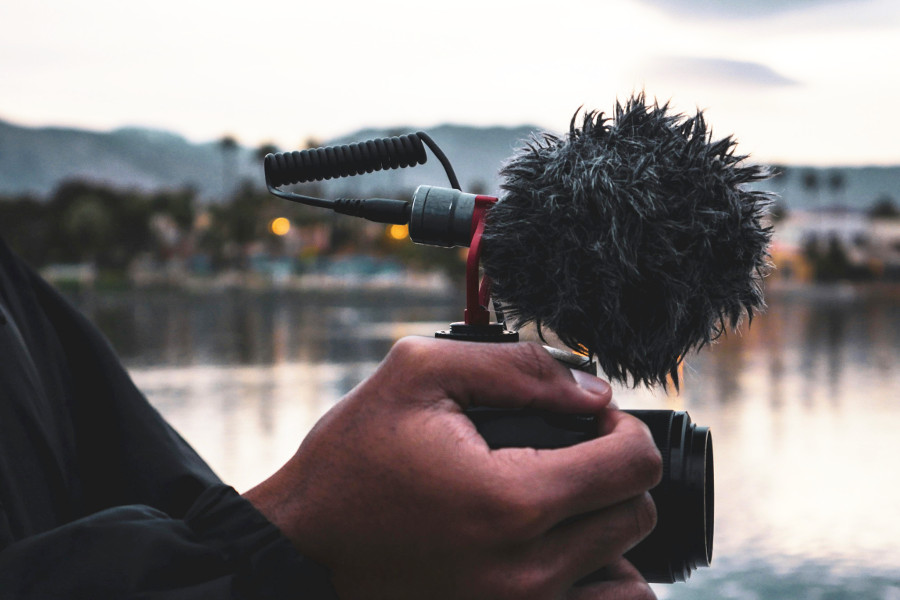
9. How can I avoid or filter out background noise (e.g., traffic, footsteps, breathing)?
Background noise can be a real challenge, but there are ways to minimize it both in the field and later on. Start by choosing recording spots far from roads, trails, or other noisy human activity. Early mornings or quiet evenings are often best. Use directional microphones to focus on the sounds you want, and try to stay as still and silent as possible – no heavy footsteps or rustling clothes. Mount your mic on a stand to cut down on handling noise, and hold your breath during critical moments if you can! Later, software tools like noise reduction plugins can help clean up persistent hums or hiss, but don’t overdo it – too much processing can make the sounds feel unnatural. Patience and good technique remain your best allies.
10. What is the best equipment and recording setup for a total beginner on a budget?
If you’re just starting out and don’t want to spend a lot, a simple handheld recorder with built-in stereo mics is a fantastic place to begin. Models like the Zoom H1n or Tascam DR-05X offer good sound quality without breaking the bank. They’re small, easy to use, and come with batteries included. Pair your recorder with a basic windscreen or furry cover to keep out wind noise. Adding a small tripod can help keep your recordings steady and free from handling sounds. Headphones are useful for monitoring what you capture. This setup is perfect for learning the ropes and capturing a wide variety of natural sounds before investing in more specialized gear. The key is to get out there and listen deeply.
11. How do I share or archive nature sound recordings (formats, platforms)?
When it comes to sharing or archiving your nature recordings, think about both quality and accessibility. For preserving your work, always keep your files in uncompressed formats like WAV with high bit depth – this keeps every detail safe for future editing or listening. When sharing online, you might convert to MP3 or AAC for easier streaming. Popular platforms for sharing include SoundCloud, Bandcamp, and Freesound.org, where other nature lovers and researchers gather. If your recordings are for science or conservation, consider libraries like the Macaulay Library or Xeno-Canto. Don’t forget to add metadata – details about when and where you recorded, and what you heard – to keep your archive organized and meaningful. Back up your files in multiple places to avoid loss.
Another great option for sharing your nature sound recording is to upload them to video sharing sites such as Youtube, Vimeo or DailyMotion. Create a video using nature photography for slideshows or even 1 static image. Many people search for nature sound videos for relaxation and meditation, or even for work and study. You might even build a high-traffic Youtube channel with it.
12. What programs should I use for editing my nature sound recordings?
Editing your nature recordings can be simple or sophisticated, depending on your needs. If you want something free and straightforward, Audacity is a great starting point. It offers basic tools like cutting, fading, and noise reduction without overwhelming complexity. For more advanced cleanup – like removing hums or isolating sounds – paid programs like Adobe Audition or iZotope RX shine, offering powerful features used by professionals. Reaper is another budget-friendly option with tons of flexibility and support for plugins. If you want to analyze wildlife calls visually, Raven Lite is a helpful tool. Remember to keep your edits gentle; preserving the natural character of your recordings is key. The best program is the one that feels comfortable and lets you tell the story of the sounds you’ve captured.
Enjoy your adventure in recording nature sounds.

